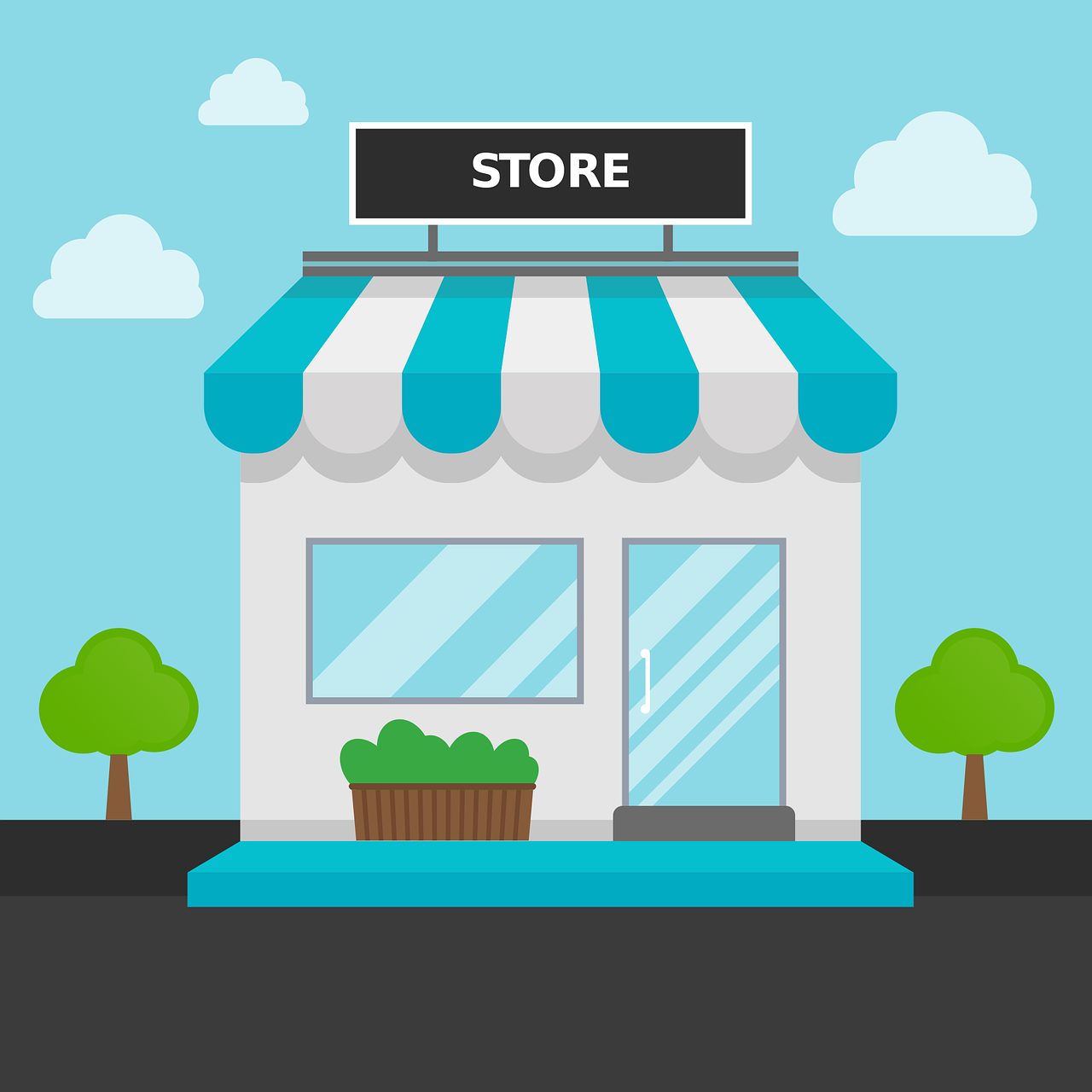What is the best way to market a small business?
It was the American essayist, poet, and popular philosopher, Ralph Waldo Emerson who said that “nature is an endless combination and repetition of a very few laws”. As you try to figure out the best online marketing strategies for your small business, remember that in the online world this rule is just as relevant. There are endless online tools out there nowadays, platforms, plugins, apps and software, but one thing hasn’t changed since ancient times’ old markets: it takes very basic principles to make a sale happen. Don’t let that vast variety of online features fool you; the laws are very few and the logic behind a good marketing process will forever stay simple. What logic? That logic which upon realization and implementation, will start boosting your sales.
A Note to US-Based Small Businesses
We have partnered with the nation’s leading small business lending marketplace, Lendio to help your business get access to personalized, timely financing.
Some of the benefits that Lendio offers include:
● A single, simple online application
● Access to 75+ top lenders
● Funding in as little as 24–hours after approval
● 5–star customer service
● A dedicated funding expert to help you navigate your options
Don't build your marketing plan around a "software you'd really like to use"
Whether it is a CRM, an email marketing platform, a design web software or a PPC network who’s cool features are easy to fall in love with, online tools are made to execute your marketing strategy, not to be at the center of it. It may sound obvious, but this point is highly important as small-business owners often ask the wrong questions when they start to strategize their online marketing. Your goal is helping people and your marketing plan should focus on building efficient processes around the true outcome that these people seek. Try to understand what is it. Once you do that, tailor an online process which will allow you to communicate to them, that you actually have what they are looking for. This communication-process is your marketing strategy. The more efficiently you’ll communicate with your prospects, the higher your ROI will be. This is the kind of thinking you should apply when planning your marketing strategy, and you will find it incredibly beneficial. You’ll figure out which tools to use later.
Start by answering these questions
1. What are the products that I am selling?
2. Who are my potential customers?
3. What do they really need? (Hint: it’s not your products. It is the outcome of using your products.)
4. How can I communicate to them that the outcome they desire will be attained by using my products?
Recent posts
Segment your marketing funnels
To answer those questions effectively, start segmenting your funnels. A funnel would start with a product. Then associate the product with a specific audience. Next, get a real understanding of the outcome that the specific audience searches for. You can do that by exploring the keywords they type on Google.
First reach-out
After you’ve segmented your products and you’ve associated a target audience with each segment, reach out to your audience
Peak your potential-customers’ interest with a piece of content that is relevant to them.
“A piece of content” can be a post, a blog, a video, an article.
“Relevant” means that the things you talk or write about, and the quality of the content you make, have information that your target audience needs.
How can you tell what they need? Start by searching for popular search terms.
How can you reach out to them? PPC campaigns on Google or Facebook, Taboola or Outbrain display ads, Quora or Reddit forums, social media posts, social media groups, YouTube videos and of course- getting organic traffic with good SEO.
There are a multitude of methods of reaching out to your potential clients and an ocean of endless possibilities to make that first reach out and start communicating with your target audience.
Lead capture
“Capturing a lead” means that the person who enjoyed your piece of content, has also agreed to provide you with their contact details and email address. Usually this happens in exchange with something valuable that they get in return. That valuable thing is called a freebie or a hook that can be an e-Book, a newsletter with incredibly good tips, a discount, an access to restricted content, a limited free access to one of your free services and so forth.
Make sure that you tailor a freebie that your target audience will value. Each segment (product + target audience) may be suggested with a different freebie as their interests and the search terms they have used will vary.
Automate Email Marketing
At this point you have your prospects’ contact details. Moreover, they are somewhat familiar with your brand or with you products. Now is the time for email marketing to step in. As a small business owner you know that for a sale to happen, there’s a dance that should be danced.
For a prospect to decide to act, there are factors that need to be established. These factors are:
– Familiarity and trust
– A reasonable degree of a brand authority
– Creating interest
– Keeping it relevant
Email marketing allows you to continually communicate with your audience, while SEGMENTING the discourse down to the subjects that matter to them. Email marketing further allows you to automate your communication with your prospects and track the level of their interest by using metrics of clicks and engagement rates.
At this point, the goal is to continue engaging with your subscribers by sharing with them valuable content. Once the email automation is launched, you will start to get deeper statistics such as engagement actions, clicks, opening rate and so on. By recognizing contacts with high engagement, you will be able to tell which contact is ready for a sales-pitch.
Recommended email marketing platforms:
| Hubspot |
| Sendinblue |
| Convert Kit |
| Omnisend |
| activecampaign |
| Getresponse |
Call to Action (CTA)
The CTA is an important stage. This is where you suggest your readers take action. However acting doesn’t necessarily mean instantly buying your products . Often moving from reading an email to purchasing a product is too much of a leap.
Consider a free CTA which will contribute to your prospects while giving you an opportunity for a sales pitch. An example of a good CTA is a free consultation over Zoom.
Make a sale!
Those who will schedule a consultation call with you and attend the meeting, are called “warm leads”. They are ready to buy your products, or- at the very least- listen to your sales pitch.
Why? Just think about it: they already went through your entire marketing process. They reacted positively to your first reach-out, they engaged with your content, they signed up to your lists while providing you with their contact details, they read your emails and they even acted when you presented a CTA. In other words, you have successfully created the conditions needed for a sale to happen. There is interest, there is familiarity, there is trust. Your marketing strategy was proven effective! Good job!
At this point, your marketing ends and your sales strategy steps in. No one is better than you in selling your products. Time for a sale to happen!
Conclusion
There are 32.5 million small businesses in the United States. According to Expert Market, 98% of them have a website. In this day and age, as a small business owner you know that a strong online marketing will give you the turnover you need. But what is the most effective online marketing for a small business like yours? Should you publish on social media? And how often? Should you utilize on email automation? How effective is SEO? And what will be your ROI on Google Search campaigns? Online marketing is a huge concept. The marketing possibilities for small businesses on the web are endless and the options can be overwhelming. But the logic behind a sales process can be simplified.



